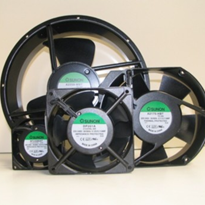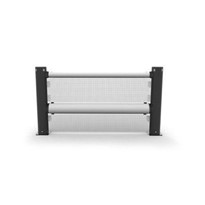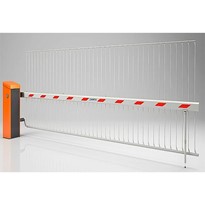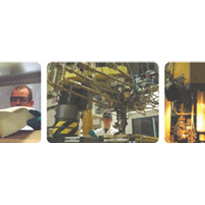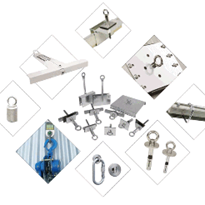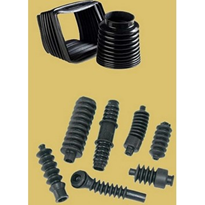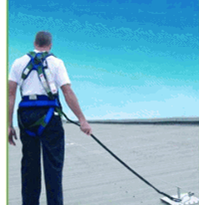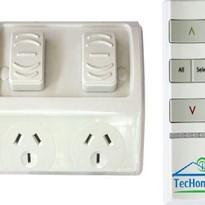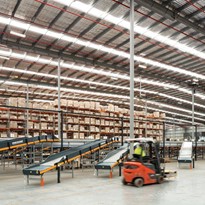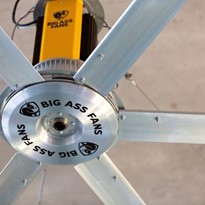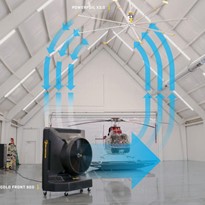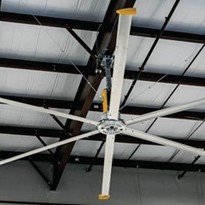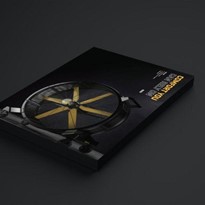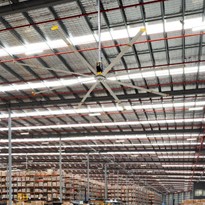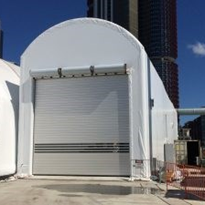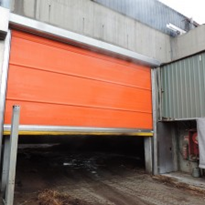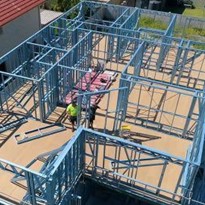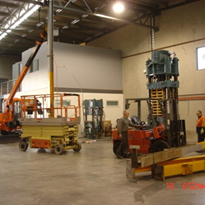Large ceiling-mounted or wall-mounted fans can have a huge impact on cooling buildings and spaces, especially one that can have over a thousand visitors a day. Since 1998, Bridge Climb Sydney has been providing people with a safe and authentic way of climbing the world famous Sydney Harbour Bridge. Based in Sydney, Summer can be increasingly hot and humid, with climbers getting dressed in head-to-toe protective wear before going on the climb and whilst in the briefing and waiting area. To say customers were so hot is an understatement.
Maintaining History to Make History
Simon Pitkethley from Bridge Climb Sydney knew air conditioning was ‘not really an option’ given the unique nature of the buildings’ arches would cause most of the cold air to escape. As a heritage listed building, air conditioning would also ‘ruin the aesthetics of the
building and heritage value of the fabric of the bridge’.
With a long history of using Big Ass Fans at Bridge climb, Simon understood they were industrial in nature, they looked great and would be able to provide what they needed; good air movement through the base. When talking to their engineers and architects on the project, Big Ass Fans understood this would be a more unique installation from start to finish with an end result of improving the overall thermal comfort, and how ceiling fans could provide an effective job of cooling people.
Ceiling fans play a big role in thermal comfort. Big Ass Fans® improve thermal comfort by providing steady air movement. Though air movement does not lower room temperature, it creates a cooling effect of up to 6°C when the breeze passes over the skin. Because thermal comfort – also called human comfort – is subjective, it’s difficult to measure. However, it plays an essential role in the design and maintenance of any facility with people, and there are standards that architects and builders follow to try to please most of the people, most of the time.
ASHRAE Standard 55 establishes that for thermal comfort purposes, temperature can range from about 20°C to 27°C. Climbing Sydney Habour bridge, wearing head-to-toe protective gear in hot & humid Sydney highlighted a significantly low thermal comfort level for customers, where steady air movement plays a key part in providing overall comfort.
Bridge Climb Sydney looked at two different airflow solutions, one being a directional fan, the other a large overhead fan. They decided to install one Powerfoil D in the locker room. Using a HVLS fan, Bridge Climb was able to create a consistent breeze that flows over a person’s sweaty skin. As a result, an effect known as evaporative cooling occurred, which makes the body feel cooler even when temperatures feel high.
Outside in the waiting area, two Pivot Direction Fans were installed. Due to the arches and mezzanine, the roof height was low and an overhead fan would not be the best method in delivering air directly to the people. Instead, by installing Big Ass Fan directional Pivot fans, Bridge Climb was able to point the air in the direction of the waiting area. The Pivot gives airflow coverage up to 37 meters away, which meant the fans could be mounted against the wall and still be effective. Bridge climb saw overall guest satisfaction increase as perceived temperature was lowered thanks to the fans.
“Using a HVLS fan, Bridge Climb was able to create a consistent breeze that flows over a person’s sweaty skin. As a result, an effect known as evaporative cooling occurred, which makes the body feel cooler even when temperatures feel high.”


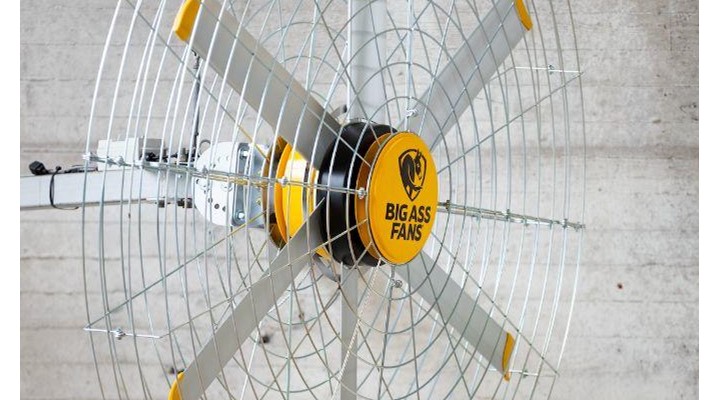
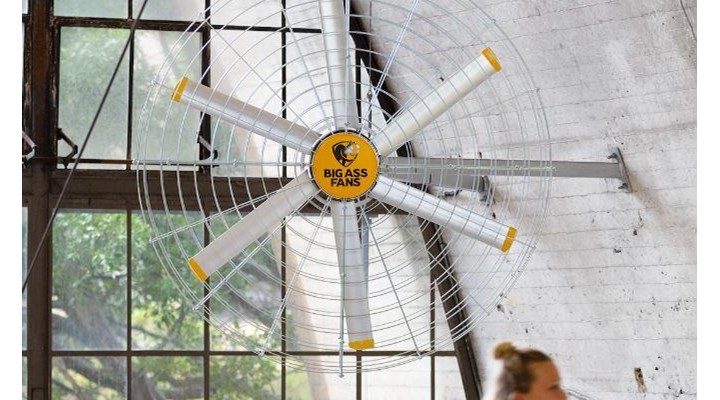
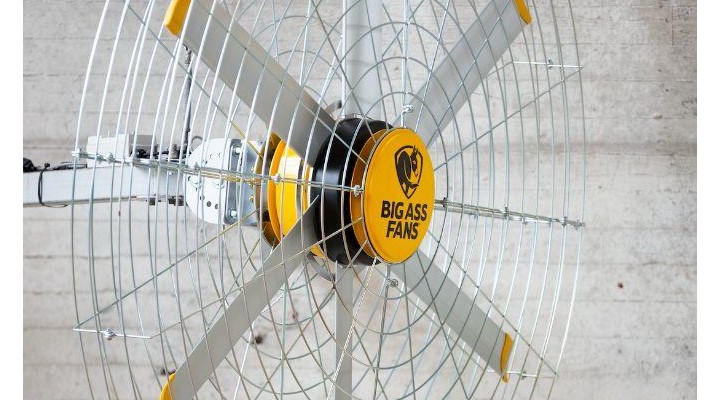
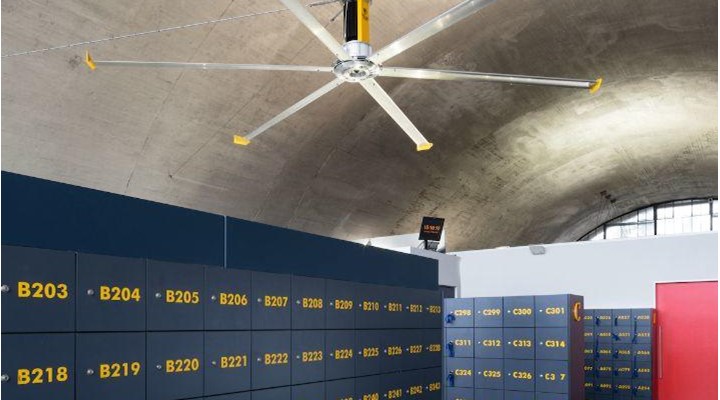

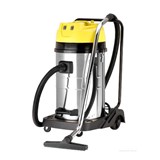

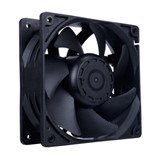
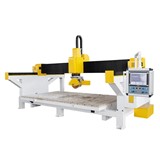
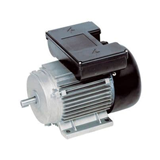

-205x205.jpg)
-205x205.jpg)
